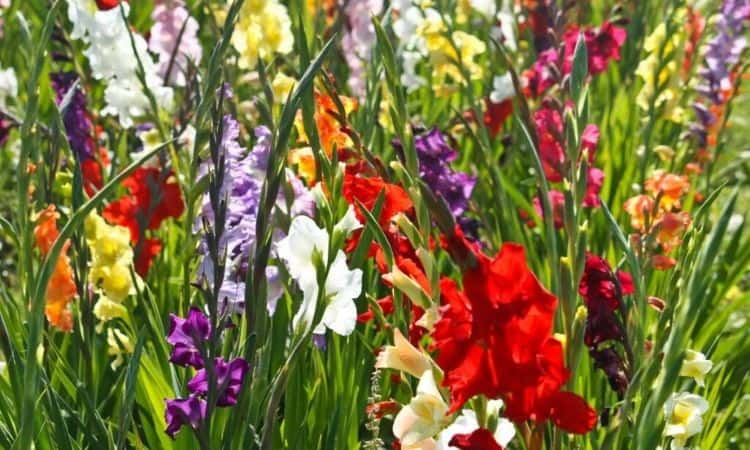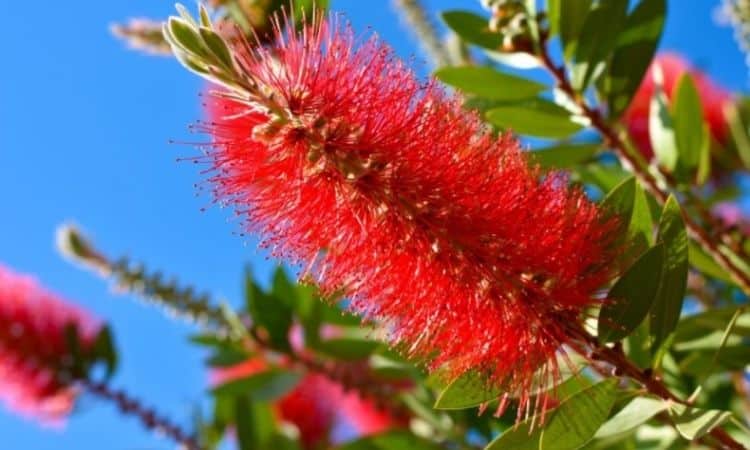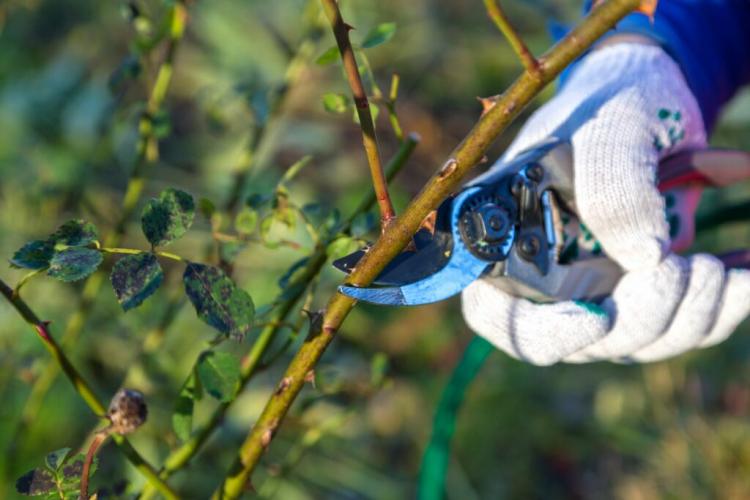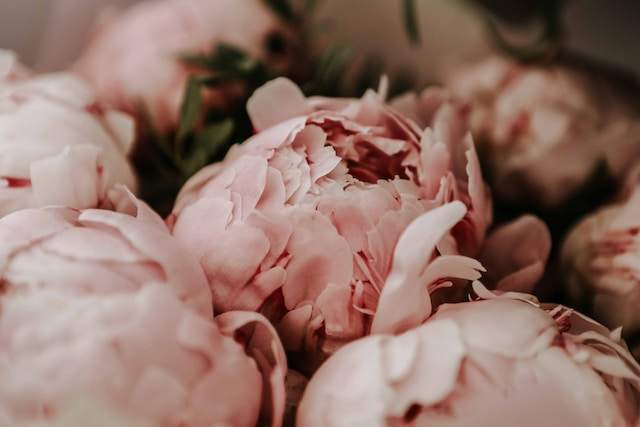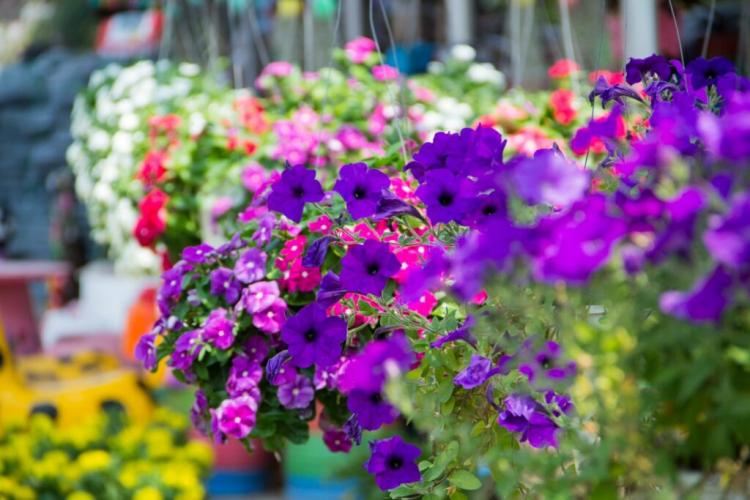Fertilizing Camellia: Expert Tips At The Right Time & Procedure
The camellia needs a lot of nutrients in order to develop its splendid bloom. Everything you need to know about fertilizing camellias is here.
The sight of camellias ( Camellia ) gives off a hint of the past. From elegantly dressed ladies who stroll through their stately palace gardens and from elegant gentlemen who get out of a carriage. Camellias were once reserved for the nobles of Europe and were a status symbol for royalty. To this day, camellias, which are also called winter roses, have lost none of their noble and magnificent appearances. A healthy camellia is the pride of every camellia owner. The camellia flowers appear early in the year, often when the snow is still lying. Then the plants transform into true seas of flowers. In order for the camellia to have the strength to offer this flowering miracle, however, it needs sufficient nutrients and must be fertilized.
Fertilizing camellia: the right time
Table of Contents
When the flowers have fallen and the plant needs to put all of its nutrients into young green, it is time to fertilize the camellia. This is the case from March onwards, depending on when your camellia blooms. Because of the abundant flowering, the plant has lost many nutrients but needs new ones to feed the fresh shoot. So watch when your camellia shows the first young shoots and then start fertilizing. During this period of growth, the flowers are also set for the coming year. However, so that the young shoots and buds mature in time, you should not fertilize for longer than mid-July.
The right fertilizer: what should you fertilize camellias with?
Since camellias with their bloom have to build up a large amount of biomass, they need a lot of nitrogen. Commercially available rhododendron fertilizer is ideally suited here. This has a lot of nitrogen and relatively little phosphate, which is too high a dose is quickly harmful to camellias. But it doesn’t matter whether the fertilizer is called rhododendron fertilizer or not, because it depends on the content. Make sure that the composition of the fertilizer comes close to the following ratio: nitrogen (N) 3: phosphorus (P) 1: potassium (K) 2.
No matter which fertilizer you choose, the sensitive plants should not be over-fertilized. Although the fertilization period between May and the end of July is only short, over-fertilization can lead to severe damage to the plant. In addition, camellias then tend to form unsightly long shoots, and their susceptibility to disease increases.
You might so like: Office Plants: 10 Easy-Care Plants For The Office
Fertilize camellia mainly organically: application recommendation
Camellias can be fertilized organically. This also minimizes the risk of over-fertilization, as the nutrients from organic material are released slowly and more gradually. Organic fertilizers with an NPK ratio of 6: 3: 4 are particularly suitable. You should apply this fertilizer right at the beginning of the shoot.
In principle, you should be careful with manure with the camellia, as it contains significantly more potassium than nitrogen. Camellias need nitrogen in particular, while other nutrients are harmful in too high amounts. Compost soil is, therefore, more suitable. You can work these into the soil at the beginning of the shoot.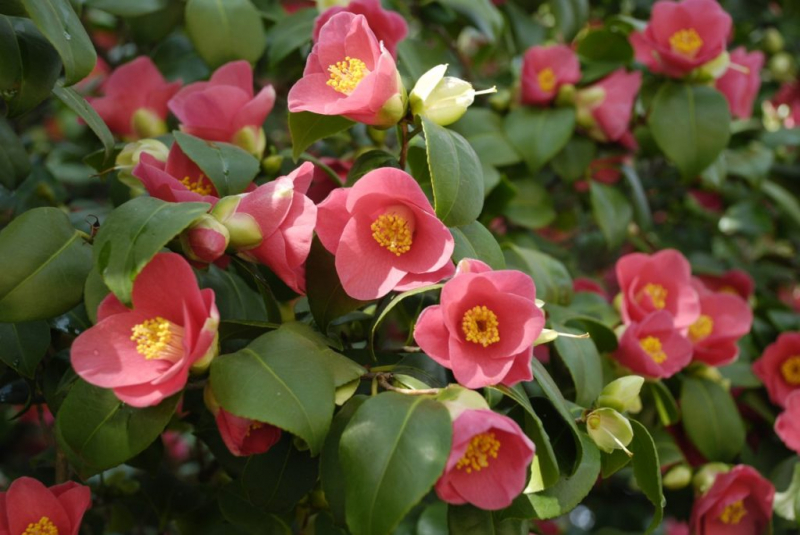
Since camellias like to be sour, you can give them some leaf compost in addition to the main organic fertilizer. Alternatively, you can also lay the autumn leaves of other trees directly under the tree as a layer of mulch. This not only acidifies the soil but also protects against the cold in winter. But be careful: The foliage of walnut trees is not suitable as it contains substances that are toxic for many other plants as well as for the camellia.
Fertilize camellia minerally
When fertilizing with mineral fertilizers, care should be taken with camellias. The plants are sensitive to too high concentrations of nutrient salts. It is therefore important to use a fertilizer that comes close to the nutrient ratio of 3: 1: 2. Otherwise, there is a risk of leaf necrosis and, in the long term, the death of the plant. So it is better to use rhododendron fertilizers. To avoid over-fertilization, halve the amount given for rhododendrons.
Fertilize camellia with home remedies
Coffee grounds as fertilizer are currently enjoying growing popularity among plant enthusiasts and hobby gardeners, and rightly so. It occurs free of charge in almost every household and has excellent fertilizing properties. If you are not a coffee drinker, you can simply ask in a café. The nutritional ratio of coffee grounds is good for camellias. Coffee grounds also have an acidic effect on the soil, which benefits the camellias. Note, however, that you shouldn’t fertilize coffee grounds in large quantities, although the nutrient content is generally not particularly high. The proportion of nitrogen is just 2%. For this reason, you shouldn’t just rely on coffee grounds, but rather see them as a supplement. In this way, you can save on fertilizer and at the same time ensure that the pH value does not rise too much.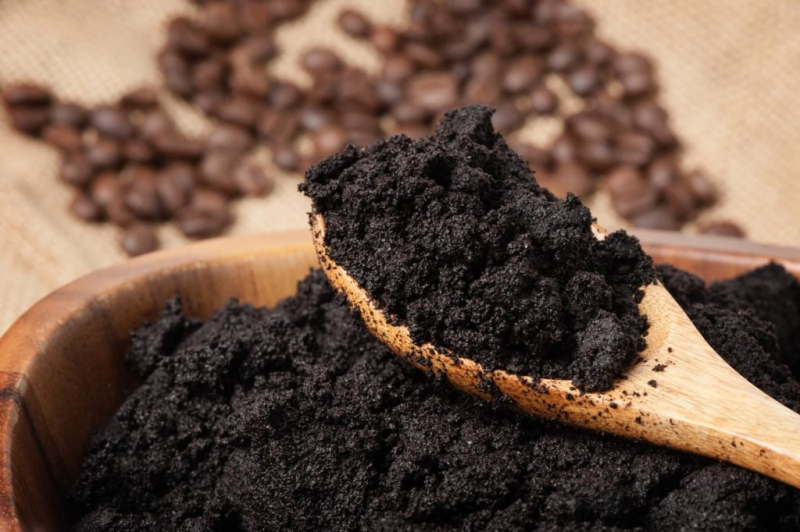
An overview of camellia fertilization:
- Fertilization period between the beginning of the shoot after flowering until the end of July
- Fertilizers with an NPK ratio close to 3: 1: 2
- Organic fertilizer: compost, rhododendron fertilizer
- Mineral fertilizer: rhododendron fertilizer in halved amount
- Acid milieu: Physiologically acidic fertilizer, leaf compost or autumn leaves, coffee grounds
In order for your camellia to keep its growth shape, it is worth pruning from time to time. When and how you should do this, you can find out in our special article on camellia pruning. You might also like Do Coffee Grounds Keep Squirrels Away?

